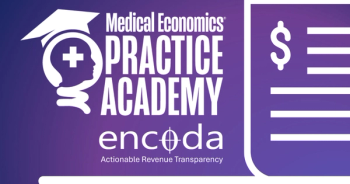
Learn about closed end funds
Investment options are addressed
Q: One of my colleagues was talking about a closed-end fund. What is this, and when might it be a good investment option?
Because the number of shares of a closed-end fund is fixed, an investor seeking to purchase or sell shares must pay whatever the market will bear. This situation is in sharp contrast to one involving a traditional mutual fund, where the market forces are on the fund's holdings, not on the mutual fund itself.
With closed-end funds, however, there is a second value: the actual price the market will bear to purchase the closed-end fund. Remember, you are not purchasing and selling a closed-end fund from a mutual fund company; you are trading on an exchange or over the counter. So, although logic would dictate that if the per-share NAV were $20, then the price per share also should be $20, oftentimes that is not the case.
When a closed-end fund is selling for $19 and the per share NAV is $20, the closed-end fund is selling for a "discount" of five percent. When a closed-end fund is selling for $21 and the per share NAV is $20, the closed-end fund is selling for a "premium" of five percent. Discounts and premiums are quite common based on the popularity of the funds underlying the investments.
Unfortunately, many investors chase closed-end funds and pay unnecessary premiums. They also sell closed-end funds, creating large discounts. All things being equal, an investor can profit handsomely by purchasing at a discount and selling at a premium, even if the per-share NAV never changes. An even better scenario is purchasing at a discount and then selling at a premium after the per-share NAV increases.
Because of the relatively lax reporting requirements (compared with traditional mutual funds), the market for closed-end funds is somewhat limited. This reality can present opportunities for the conscientious investor.
Send your money management questions to
Newsletter
Stay informed and empowered with Medical Economics enewsletter, delivering expert insights, financial strategies, practice management tips and technology trends — tailored for today’s physicians.















